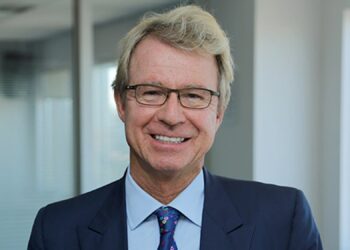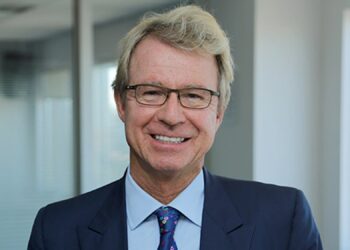The Trust Company has announced a fully franked 17 cents per share dividend and confirmed its financial guidance for the full year in its half-year results.
Although revenue was up slightly, overall earnings slipped largely due to salary increases and recruitment, the company said.
Trust Company chief executive John Atkin said that a focus on internal performance was starting to yield results.
“Our emphasis remains on managing for performance while positioning for growth,” he said.
“In June, we successfully relaunched our brand and new visual identity. We have also increased our market advocacy [and] strengthened our internal management.”
In April The Trust Company expected the 2011 financial year to return earnings before interest, tax, depreciation and amortisation (EBITDA) to be between $15.7 million and $18.7 million. The company expected a stronger second half due to increased corporate services revenue and confirmed this guidance notwithstanding a weaker market outlook.




